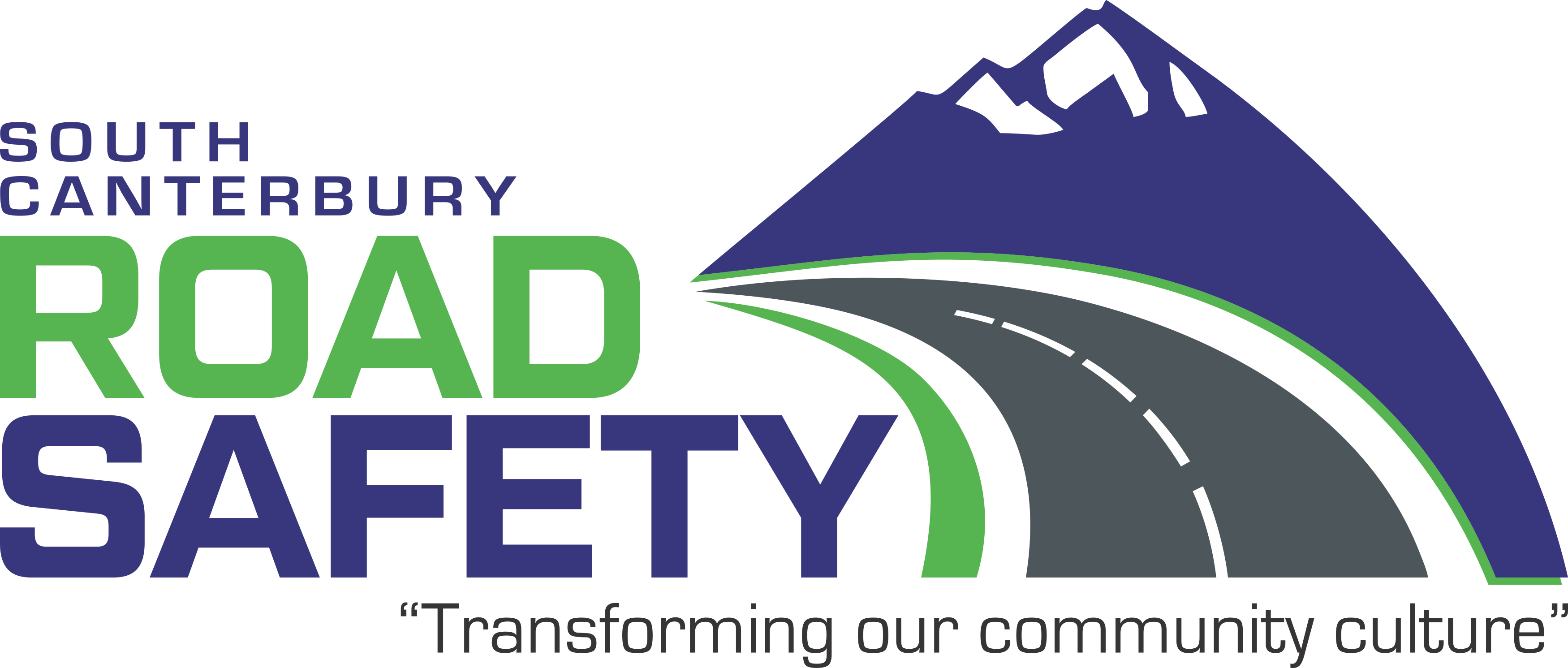Staying Safe when
Driving in winter
The following winter driving tips will help you prepare for and drive to the conditions when driving on icy, wet, or snowbound roads.
Always remember
- Drive to the conditions.
- Allow greater following distances on frosty and wet days, double the two-second rule and leave a safe distance between you and the car you’re following.
- Obey emergency road closed signs and barriers.
- Follow the directions of any road patrol or police officer.
- Avoid towing in icy conditions.
- Road closures and restrictions are put in place for everyone’s safety. It is against the law to drive on a closed highway. If you choose to ignore closures or restrictions, you do so at your own risk, and it voids your insurance.
Tips for spotting ice and snow
- Look out for shaded areas caused by high banks and tall trees where roads freeze sooner and ice may not thaw during the day.
- Bridges could also stay slippery longer than other road surfaces, so slow down when crossing.
- Frost is more severe at daybreak so be prepared for this after it becomes light. While it may not be frosty at 6 am, it could be an hour or two later.
Am I safer in a 4WD?
4wd and all wheel drive vehicles have greater traction when accelerating on snow and ice, however, this is no guarantee of increased safety when cornering or braking, and you will still need to reduce speed and drive to the conditions. The more ground clearance may also allow them to travel further on snow-covered and icy roads.
What gets put on icy roads to help?
- Grit and an anti-icing agent called CMA is spread or sprayed on some roads to help travel in icy conditions. Grit and CMA, which are sometimes used at the same time, lessen the severity of winter road conditions but do not completely stop the effect of ice and snow, so remember to drive to the conditions and slow down.
- The speed at which ice and snow can occur means that there will be times when grit and CMA have not yet been spread. If we have spread grit, drive on it were possible and not in a wheel track, to maximise its effect.
What to do if things go wrong
- In the event of an emergency, dial 111.
- For mechanical breakdowns, contact your breakdown service provider.
- If you do get stuck, stay with the vehicle and keep everyone warm until help arrives.
- If you are involved in a crash, tell the police even if no one is injured – this type of information helps us to make improvements to the road where necessary.
Winter Driving Survival Kit
- Ice scraper, clean cloth, and a small shovel
- Sand/bag of cat litter or other traction aid
- Booster cables
- Road flares or warning lights
- Torch and charged batteries
- First aid kit
- Small tool kit
- Extra clothing and footwear
- Blankets
- Non-perishable foods and water
- Fully charged battery bank 20-30,000mAh
- Fat candle and matches and clean empty metal tin
- Tow rope
Planning your journey
in winter
- Drive slower than you normally would – it only takes a split second to lose control in wet or icy conditions.
- Avoid sudden braking or turning that could cause you to skid. Accelerate smoothly and brake gently, and use your highest gear when travelling uphill and your lowest downhill.
- For vehicles without anti-skid braking systems, pump the brake pedal in short rapid bursts rather than pressing long and hard to avoid skidding or sliding.
- Drive at a safe travelling distance because it takes longer to stop on slippery roads. In winter, especially in poor weather, double the two-second rule to ensure a safe distance between you and the car in front.
- When travelling in fog, rain or snow, drive with your lights dipped for increased safety.
- As well as other drivers, there could be winter maintenance vehicles on the highway helping to keep the road open. If you come across any of these vehicles, stay a safe distance behind them and don’t pass unless you’re instructed to.
- On roads that are subject to closure in winter, electronic message signs provide drivers with up-to-date warnings on current conditions. The messages on these signs are changed remotely and will be blank when there are no restrictions.
- Many radio stations will also provide road
- Condition bulletins, so listen to your local station for updates.
- You can also call 0800 4 HIGHWAYS or visit www.nzta.govt.nz/traffic for the latest road conditions, or see the hazard map on our home page.
